When I think back on my trips around South America, the rich cultural identities of Peru and Ecuador really come clear to me. Though they share historical links and geographical proximity, every country boasts a different tapestry of customs, dialects, and traditions that define the way their people live. In Peru, I was enthralled by the rich history of the Inca culture, which still permeates daily life for its people.
The Andean highlands clearly show respect for Pachamama, or Mother Earth, through ceremonies and tributes meant to honor the ground upon which they support life. I recall feeling as though I had turned back in time as I stood in a busy market in Cusco surrounded by vibrant fabrics and the scent of traditional cuisine. Conversely, Ecuador offers a different but equally fascinating cultural story.
The Kichwa and Shuar indigenous people here embrace modern influences while nevertheless preserving their historical customs. I had the delight of visiting Otavalo, well-known for its indigenous market, where artists boldly exhibit their handcrafted creations. Their textiles’ vivid hues and the complex patterns convey tales of their background.
It was in this environment that I discovered the close relationship between the people and their territory, a link honored via dance, music, and narrative. Both countries, which present different angles on what it means to be South American, are evidence of the resiliency of their respective civilizations.
Key Takeaways
- Each of Peru and Ecuador has a rich cultural legacy with distinct personalities.
- Peruvian and Ecuadorian indigenous customs and traditions contain both parallels and distinctions.
- Peru’s and Ecuador’s culinary delights offer a unique gastronomic experience.
- Beru and Ecuador expose the rich legacy and history of the Andean area.
- Peru’s and Ecuador’s energetic arts and crafts scene presents a creative cultural collision.
Peru and Ecuador: A Comparison of Indigenous Traditions and Customs
Their indigenous cultures are as varied as the landscapes that distinguish Peru and Ecuador. I had the excellent fortune to see a customary Inti Raymi event honoring the sun god in Cusco, Peru. The colorful clothing, energetic music, and ceremonial presents produced a joyful and respectful environment.
It was intriguing to see how these historic customs have been maintained over millennia and how residents dress in traditional garb and carry out rites from Inca times. During this celebration, everyone joined together to respect their ancestors and celebrate their common legacy, therefore creating a strong feeling of community. Ecuador’s indigenous practices, on the other hand, are similarly rich yet frequently show a diverse set of influences.
I came upon the Shuar people, who followed their distinct customs based on spirituality and environment, in the Amazon rainforest. They revere the rainforest as a source of life much as they do shamanism. I recall being seated around a fire with them as they related tales of their forefathers and the need to preserve peace with the surroundings.
Their environment is closely entwined with their practices, which highlight a different but equally legitimate method of cultural identification. As they negotiate the complexity of modern life, both countries stress the need to keep traditional customs alive.
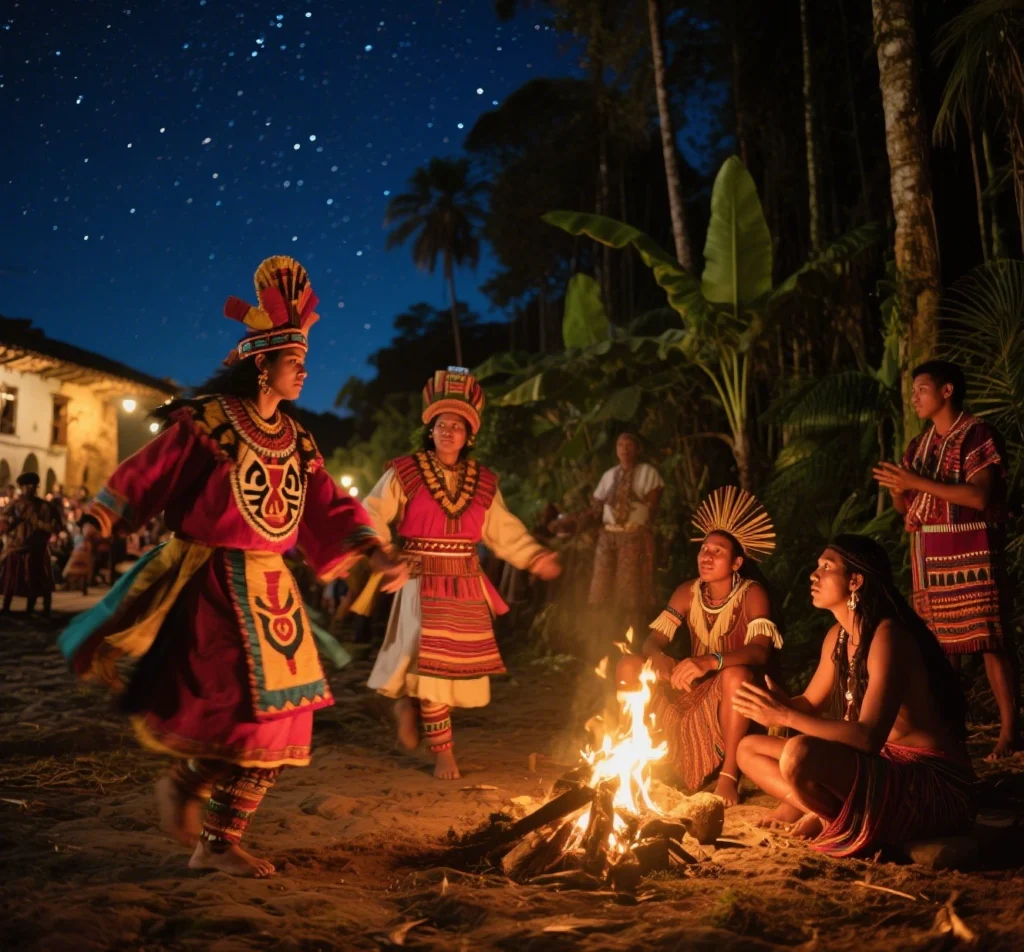
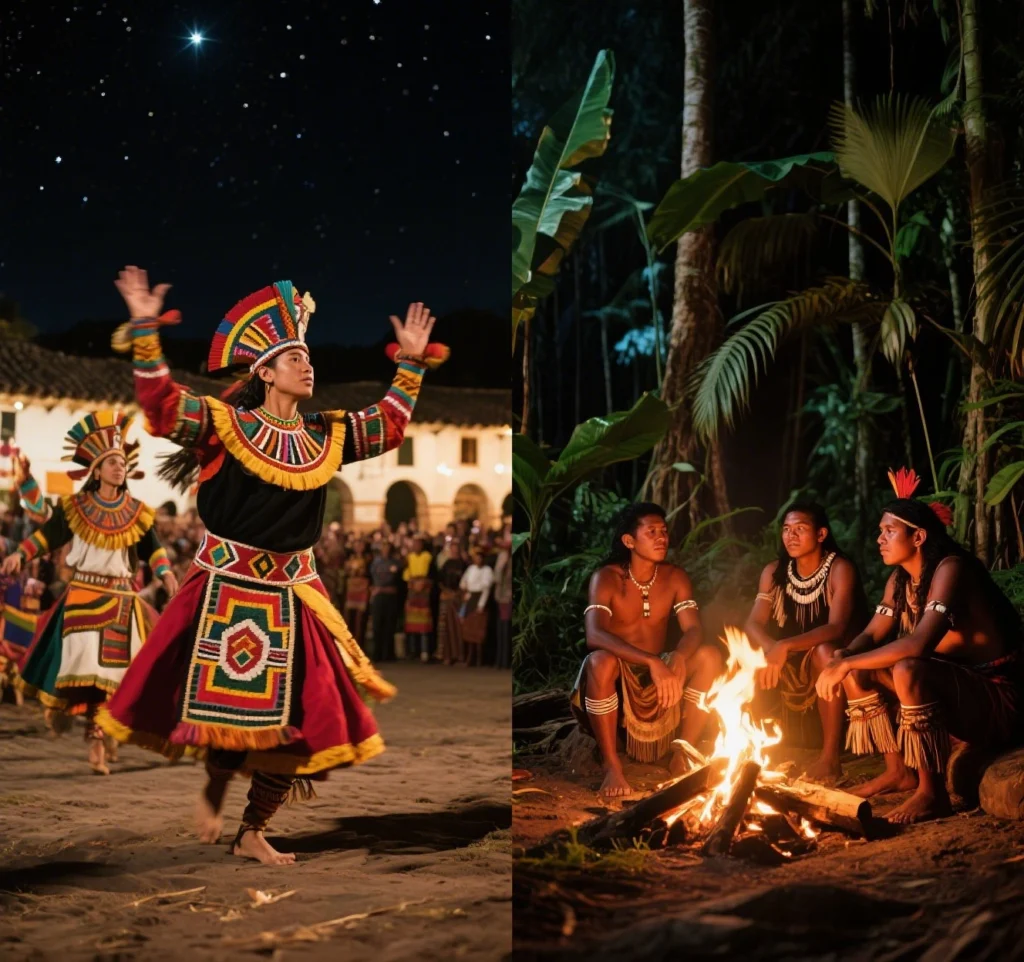
Exploring the Culinary Delights of Peru vs Ecuador: A Gastronomic Journey
Regarding gastronomic encounters, both Ecuador and Peru present a sensory feast reflecting their varied cultural legacy. My trip through Peru exposed me to the world-class ceviche, a dish capturing the coastal tastes of Peru. I remember clearly dining at a coastal restaurant in Lima, enjoying fresh fish marinated in lime juice along with sweet potatoes and corn.
Peruvian food has clearly earned its position on the international scene; the burst of tastes was nothing less than amazing. Combining indigenous foods with Spanish inspirations produces a gastronomic scene with outstanding historical roots and inventiveness. Though it takes on another character, Ecuador’s gastronomic scene is equally appealing.
I came to enjoy the strong tastes of locro de papa, a potato soup enhanced with cheese and avocado, while living in Quito. Especially following a tour of the city’s historic center, the cosiness of this meal was reassuring. Simple and filling dishes come from Ecuadorian cuisine’s emphasis on locally grown foods, including potatoes, corn, and tropical fruits.
Cuy, or guinea pig, was also considered a delicacy in many areas and presented an opportunity for me to sample. Every meal served as a reminder of how food may both provide fresh experiences and link us to our cultural background.
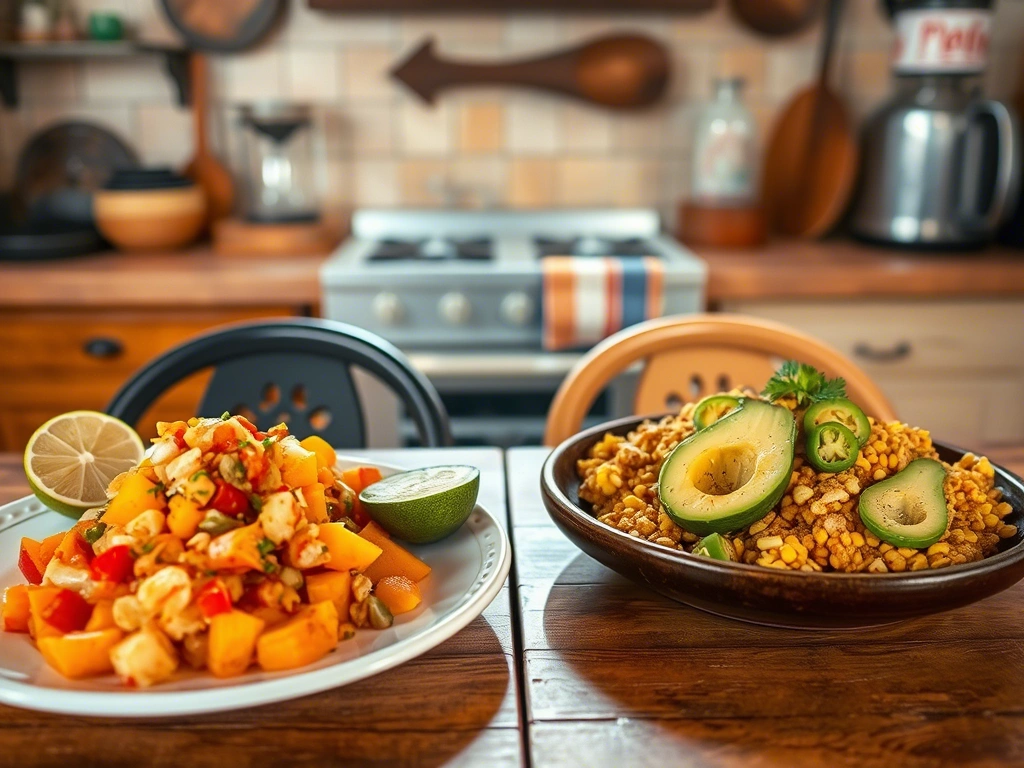
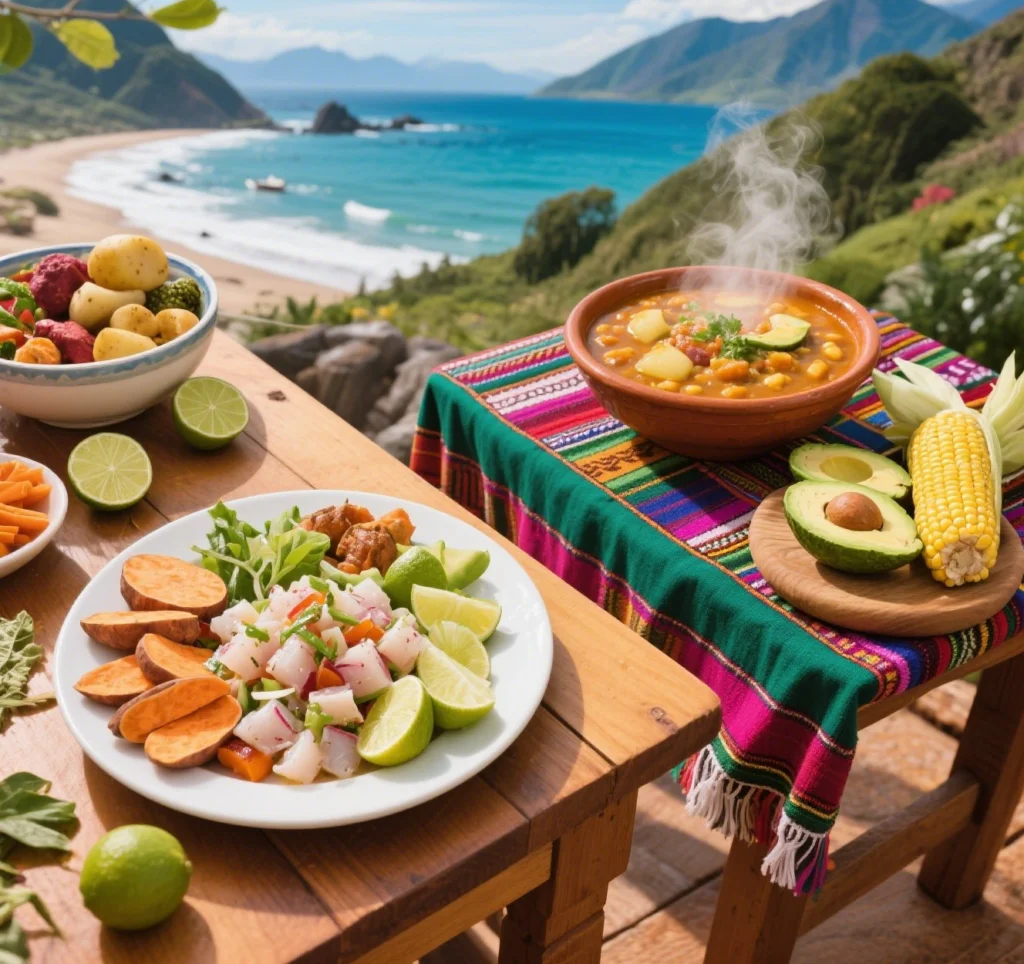
Peru vs Ecuador: Uncovering the Rich History and Heritage of the Andean Region
| Aspect | Peru | Ecuador |
|---|---|---|
| Capital | Lima | Quito |
| Population | 32 million | 17 million |
| Official Language | Spanish | Spanish |
| Main Attractions | Machu Picchu, Nazca Lines, Amazon Rainforest | Galapagos Islands, Quito’s Historic Center, Cotopaxi Volcano |
| Currency | Peruvian Sol | US Dollar |
Stories of prehistoric societies that once flourished in the Andes entwine the histories of Peru and Ecuador. Discovering Machu Picchu in Peru was a life-changing event; being among the remnants of this famous landmark seemed as though one were entering a live history book. Inca architectural wonders and agricultural techniques that have endured over time clearly show their creative ability.
I developed great respect for people who came before us and fashioned this wonderful terrain as I meandered across the terraces and temples. Though less widely acknowledged on the international scene, Ecuador’s past is equally intriguing. Rich in history and with colonial architecture, Cuenca recalls tales of Spanish conquest and indigenous opposition.
Wandering its cobblestone lanes for hours, I marveled at the mix of civilizations that had molded its character. Seeing nearby museums gave one an understanding of pre-Columbian relics and how European colonialism affected indigenous people. Understanding the present-day identities of both countries requires a look into their pasts.
The Vibrant Arts and Crafts Scene in Peru and Ecuador: A Cultural Showdown
In both Peru and Ecuador, the scene of arts and crafts reflects their cultural identities somewhat vibrantly. The exquisite textiles created by local artists in locations like Pisac captivated me in Peru. Often reflecting local stories or natural aspects, each piece uses its colors and patterns to convey something.
I remember purchasing a finely spun shawl from a nearby market, feeling as though I was carrying a piece of history with me. Every thread clearly shows the attention to workmanship, highlighting not only artistic ability but also a strong link to cultural legacy. Though it is similarly rich, Ecuador’s arts scene mostly emphasizes diverse media.
During my trip to Baños, I came across gifted craftspeople working on exquisite jewelry out of locally sourced materials, including silver and tagua nut. Each item was distinctive and captured the local natural beauty; the workmanship was outstanding. I also had the chance to take part in a ceramic session run by nearby artists sharing their generational methods.
This practical knowledge helped me appreciate the ability required to produce useful work with both aesthetic and utilitarian goals.
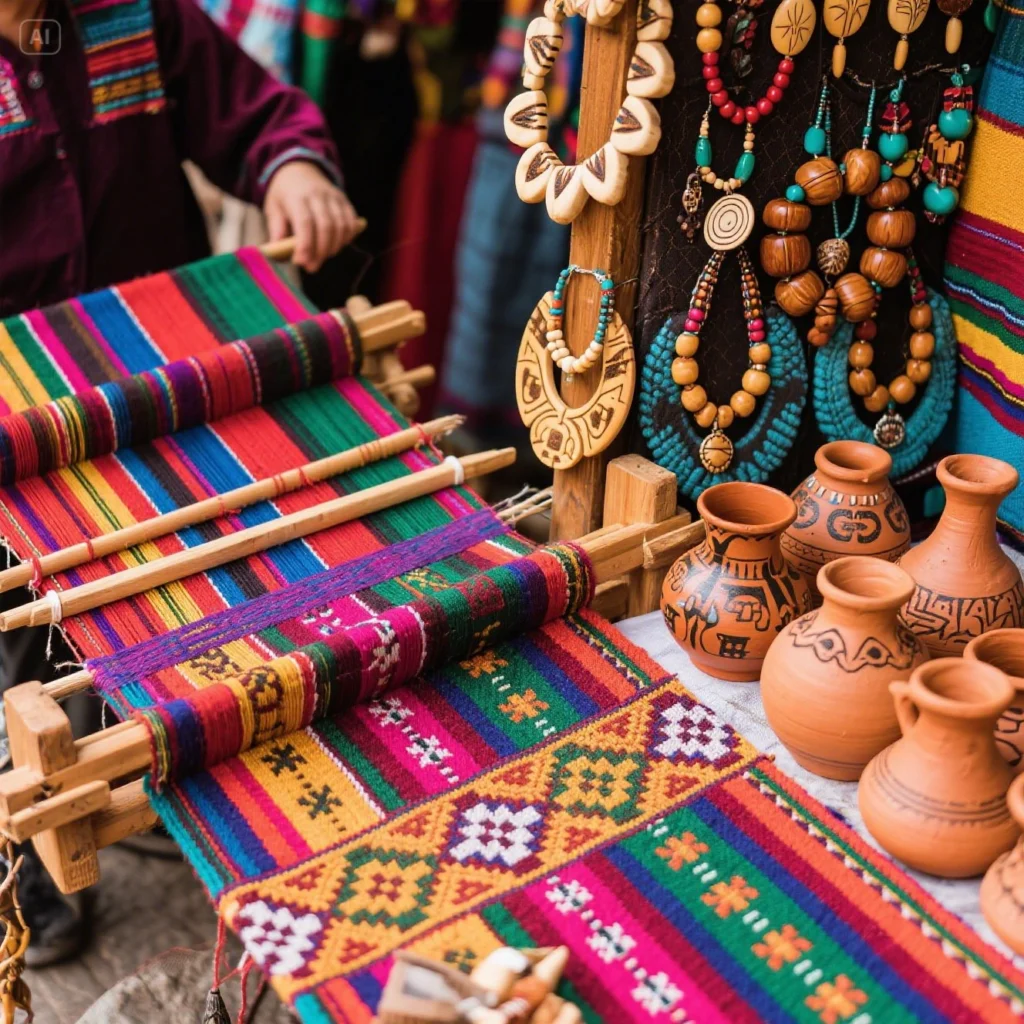

Peru vs Ecuador: Celebrating Festivals and Traditions in South America

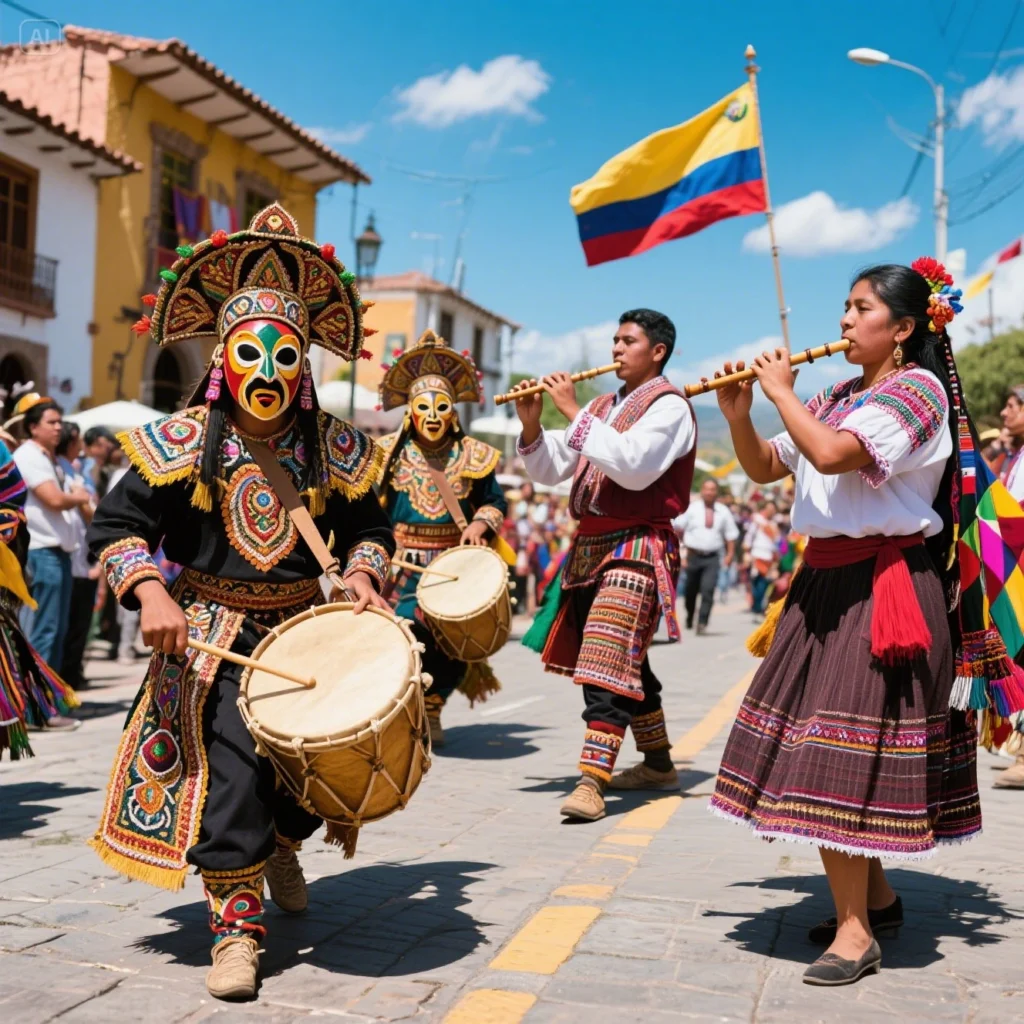
Festivals honoring their rich cultural legacy abound in both Peru and Ecuador. My trip to Peru’s Fiesta de la Candelaria in Puno was remarkable; it was like being a part of a magnificent tapestry spun with spirituality, dance, and music. Bright parades with traditional attire and energetic folk music filling the streets are reflected in the air.
Seeing families gather to honor their customs and extend welcomes to guests during their celebrations was touching. Ecuador’s Inti Raymi events captivated me in several locations across the nation. Through song, dance, and ceremonies honoring the cycles of nature, the celebration commemorates the sun deity.
I recall joining residents in traditional dances beneath the mild sun and experiencing a wonderful solidarity among attendees from many backgrounds. These celebrations act as reminders of how, by honoring common values, culture may unite people across boundaries.
Preserving Cultural Heritage: Efforts in Peru and Ecuador to Protect and Promote Indigenous Cultures
As I traversed both countries, it became evident that many people in Peru and Ecuador place a high value on cultural legacy. Organizations in Peru are working nonstop to advance indigenous languages and customs that run the danger of disappearing. While visiting an NGO in Cusco dedicated to cultural preservation, I saw projects meant to teach younger generations Quechua language lessons.
Seeing how fervent residents were about preserving their legacy while juggling contemporary demands motivated me. Through several initiatives targeted at education and empowerment, Ecuador also has achieved significant progress in safeguarding its indigenous cultures. I had the opportunity to meet people from an indigenous group who are actively working to preserve their language and culture through seminars and cultural exchanges.
Their dedication to imparting their expertise to younger generations was admirable; it strengthened my conviction that cultural legacy is about encouraging pride for the next generations as much as about preservation of the past. Ultimately, my trip across Ecuador and Peru has been a transformative one full of lessons on community spirit, resilience, and identity. As they negotiate an always shifting environment while clinging to their roots, both countries provide different cultural viewpoints that merit appreciation and respect.
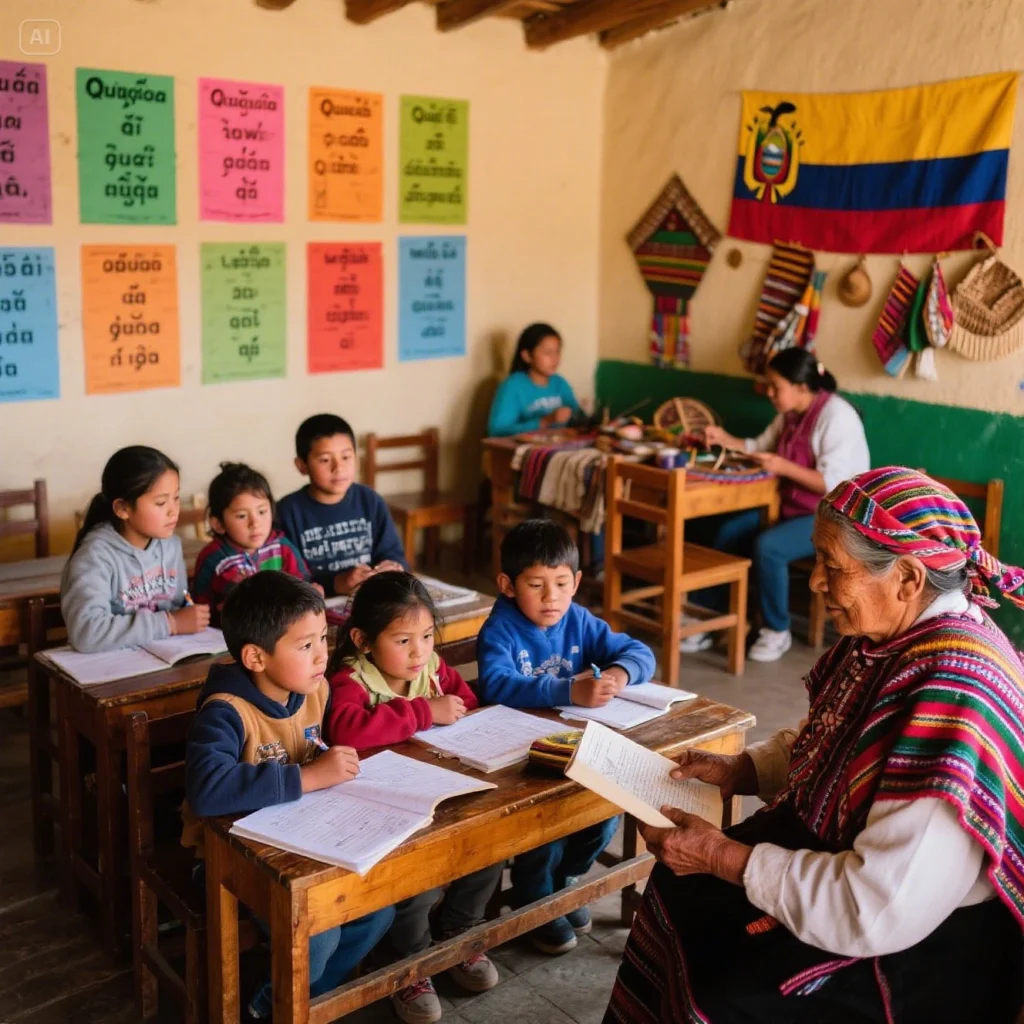
FAQs
What are some key similarities and differences in the cultural heritage of Peru and Ecuador?
Rich indigenous traditions and rituals abound in both Peru and Ecuador, yet their histories, geography, and ethnic diversity help define their own cultural identities. Although both nations have an Andean background, their customs, dialects, and cuisines differ regionally.
What are some notable indigenous traditions and customs in Peru and Ecuador?
With customs such as weaving, pottery, and song playing a major part in their cultural legacy, Peru and Ecuador both have a profound bond to their indigenous ancestors. While in Ecuador the impact of the Andean and Amazonian civilizations is more evident, in Peru the Inca legacy is most notable.
How do the culinary traditions of Peru and Ecuador differ?
Inspired by indigenous, Spanish, African, and Asian cooking traditions, Peruvian cuisine is renowned for its varied flavors and ingredients. By contrast, Ecuadorian cuisine is distinguished by its use of fresh seafood, tropical fruits, and Andean classics like potatoes and corn. Rich culinary traditions of both nations mirror their cultural variety and natural resources.
What efforts are being made in Peru and Ecuador to preserve and promote indigenous cultures?
To safeguard and advance their indigenous cultures—including attempts to conserve traditional crafts, languages, and ceremonies—Peru and Ecuador have made major investments. Growing awareness of the value of indigenous knowledge and traditions in both nations in recent years has encouraged cultural preservation and restoration projects.
How do Peru and Ecuador celebrate festivals and traditions?
Reflecting their cultural variety and legacy, Peru and Ecuador have a rich calendar of celebrations and customs. While in Ecuador the Fiesta de la Mama Negra, honoring the Virgin of Mercy, is a vibrant and energetic celebration, in Peru the Inti Raymi festival, honoring the Inca sun god, is a big event. Each nation’s cultural identity is much enhanced by these celebrations, which draw tourists from all around the world.
What is the significance of the arts and crafts scene in Peru and Ecuador?
With ancient techniques and designs handed down over the years, the arts and crafts scene in Peru and Ecuador is an integral component of their cultural legacy. While in Ecuador the work of the Otavalo indigenous people is much valued, in Peru the complex textiles and pottery of the Andean region are especially famous. For many communities, these artistic traditions not only bring cultural pride but also significant economic activity.
What is the historical and heritage significance of the Andean region in Peru and Ecuador?
For both Peru and Ecuador, the Andean area is extremely historically and culturally important since it was the center of the Inca Empire and host to many pre-Columbian societies. The Andes Mountains have molded the social, cultural, and economic growth of these nations; their legacy still inspires and makes the Andean people proud.
How do the indigenous communities in Peru and Ecuador contribute to the cultural richness of the countries?
Indigenous populations in both Peru and Ecuador significantly preserve and promote their cultural diversity. Both countries’ cultural identity is considerably enhanced by their traditional knowledge, customs, and skills; their contributions to art, music, food, and handicraft work define the rich tapestry of Peru and Ecuador.
